The gradual popularization of OLED TVs is very close to us. Speaking of AMOLED and OLED, we may not be able to tell the difference. Samsung's mobile phones and tablets will advertise their own AMOLED screens. The OLED TVs exhibited this year have adopted the name "SUPER OLED" and are also distinguished on the name. The following small series will explain the relationship between OLED and AMOLED.
This article refers to the address: http://
OLED also has a complicated life experience
Speaking of OLED, we have to mention the term EL, which refers to electro-excitation, is one of the most common ways of illuminating. OLED belongs to "organic EL", and relatively "inorganic EL". Like in Japan, it is more accustomed to call OLED "organic EL". There is no problem in classification. There are also different types of organic ELs. The most common ones are small-molecule OLEDs, as well as high-molecular PLEDs.
An EL (Electro-Luminescence) display refers to a display that applies a current on a luminescent substance to achieve a luminescent effect, and its illuminating principle is similar to that of a light-emitting diode (LED).
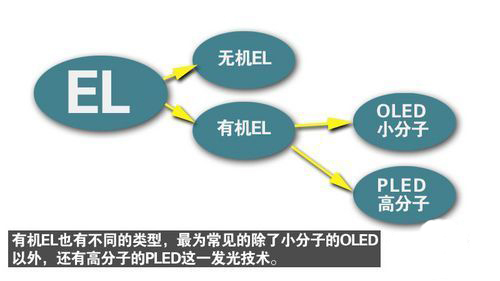
Among them, OLED (Organic Light Emitting Diode) has similar chemical structure and luminous efficiency to PLED (Polymer Light Emitting Diode), the difference is the molecular weight difference between the two, where OLED is a small molecule material. The automatic production method which is easy to colorize and adopts vapor deposition method is mature, the process control is easy and stable, the synthesis and purification of materials, and the refining are relatively easy. However, the disadvantages are that the equipment is relatively expensive, the resistance to moisture is poor, the evaporation rate is low, and the material is easily wasted.
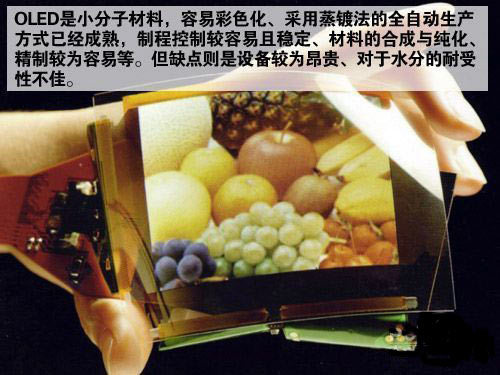
The PLED is a polymer material. Compared with the OLED, the polymer PLED adopts a simpler printing process instead of evaporating the multilayer organic film, and is also more resistant to heat and cold. However, since the attenuation constant of each color of the PLED is different, it must be compensated, so it is difficult to develop toward colorization, so it is difficult to see the color PLED screen.

I spent so much space here to introduce organic EL and PLED, in fact, to better introduce the difference between AMOLED and OLED, because AMOLED is obviously a kind of OLED, which is very different from the display material introduced above.
The relationship between AMOLED and OLED
The full name of AMOLED is called Active Matrix OLED, which is active-driven OLED. In contrast, PMOLED (Passive Matrix OLED active-driven OLED), although similar in name, PMOLED has nothing to do with PLED above. Both belong to OLED, the difference is the difference in driving methods.
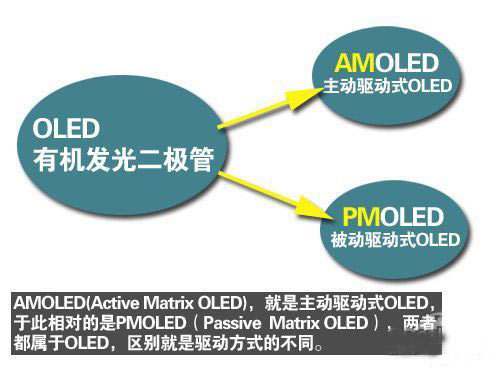
The PMOLED is simply formed into a matrix by a cathode and an anode, and illuminates the pixels in the array in a scanning manner. Each pixel operates in a short pulse mode and is an instant high-luminance illumination. The advantage is that the structure is simple, and the manufacturing cost can be effectively reduced. However, the driving voltage is high, making the PMOLED unsuitable for application on large-size and high-resolution panels, which is different from the current development.

AMOLED uses a separate thin-film transistor to control each pixel. Each pixel can drive light continuously and independently. It can be driven by low-temperature polysilicon or oxide TFT. The advantage is low driving voltage and long life of light-emitting components. However, the high cost and manufacturing process are more complicated and more difficult to control in terms of cost.

Therefore, the OLED screen that we are currently in contact with, whether it is a smartphone or an OLED TV, is also an AMOLED screen. Therefore, when I see the term AMOLED, it is not necessary to think that it is more advanced than OLED. The two are actually a kind of thing. Although we all call Samsung and LG's 55-inch TVs as OLEDs, in fact, these two TVs are also AMOLEDs. There is no such thing as OLEDs used in TVs and AMOLEDs are used in small and medium-sized screens.
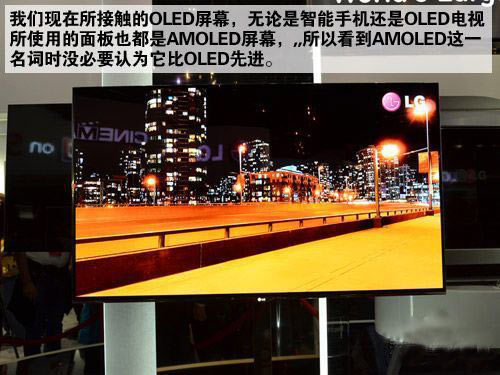
OLED technology was developed in the 1980s, and commercial applications began in the late 1990s. In recent years, many manufacturers have been keen to develop active organic light-emitting diode (AMOLED) display technology, including Samsung Mobile Display (SMD) 5.5 generation production line, while SMD and LG Display have also announced their 8th generation line AMOLED investment plan. . Obviously, almost all the OLED screens that are commonly used in smartphones, tablets and TVs are AMOLED materials. Of course, we can also call them OLEDs, and even organic ELs have no problem at all.
Samsung's AMOLED strategy
The topic of AMOLED is so popular, largely due to Samsung's product strategy. As early as 2007, Samsung has developed mobile phone products with AMOLED panel materials. Since then, Samsung has used the technical term AMOLED as a synonym for its own screen, and even derived the slogan "iAMOLED".
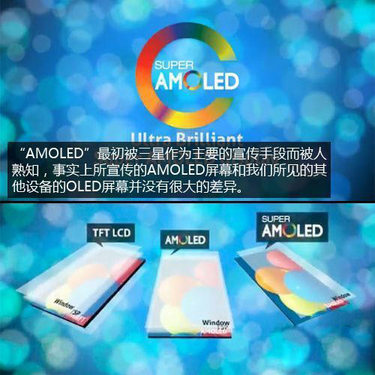
Samsung's OLED screen types are also enriched by the extension of the product line. Nowadays, there are Super AMOLED HD, Super AMOLED plus, Super AMOLED, etc., but these have nothing to do with the original technology of OLED.
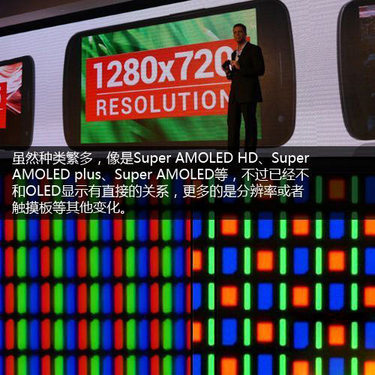
Like Super AMOLED HD is a small size, high resolution OLED screen. Super AMOLED plus means that the panel of the touch screen and the AMOLED in the middle are combined to reduce the thickness of the panel, but it is obviously not a display technology.
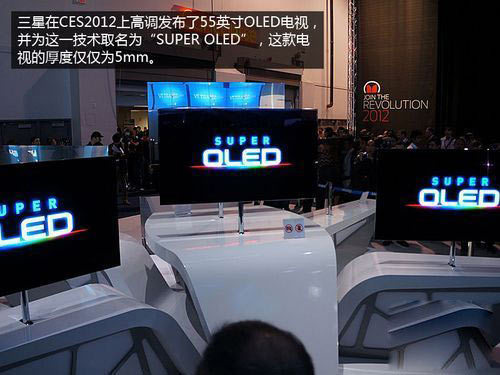
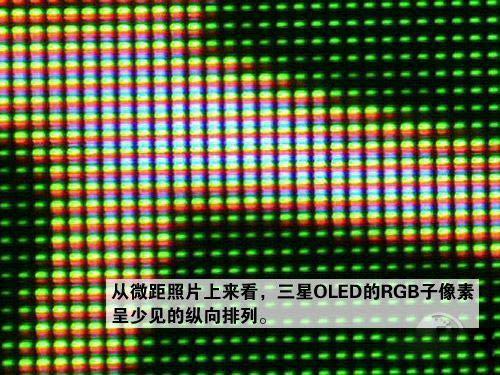
Samsung's 55-inch OLED TV, which was exhibited at CES this year, uses the name "Super OLED". Although it is still technically "AMOLED", Samsung obviously wants to distinguish it from its own small and medium-sized OLED panels. Technically, Samsung's OLED TVs use a vertical RGB sub-pixel arrangement, which is quite different from AMOLED.
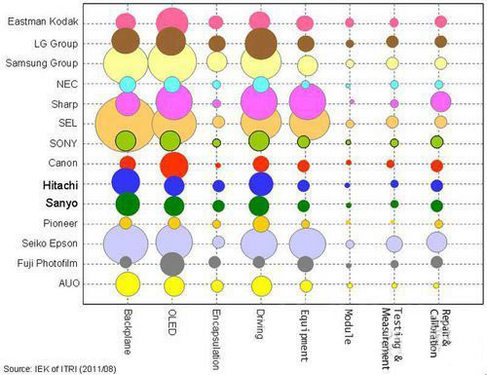
At present, Samsung SMD has 4.5 and 5.5 generation OLED panel production equipment, which can realize 57,000 730×920mm 4.5 generation panels per month and 24,000 1300×1500mm 5.5 generation panels. It is possible to reach monthly production in 2013. Ten thousand OLED panels. At this stage, no other manufacturer has Samsung's mass production capability.
Current status of technical patents of various manufacturers on OLED
Editor's summary: Obviously, we have always thought that AMOLED and Samsung are not the same. In fact, AMOLED is the most common type of OLED display. The technology itself has no other quality advantages except OLED's inherent advantages.
4 Port USb Charging
Ready to travel. The cable puts the charger on the table and extends to the distance from the power socket, and a travel adapter with foldable sales immediately turns it into a portable travel charger. This 4 -port USB charger has more protection safety systems to ensure the complete protection of you and your device. The mobile phone has its own charging circuit, which will be a adaptive current. No matter how much the power is, the phone can be charged safely.
4Port Usb Charger,Multi-Port Usb Charger,Flat 4 Port Usb Charger,Wall Outlet 4 Usb Plugs
shenzhen ns-idae technology co.,ltd , https://www.best-charger.com